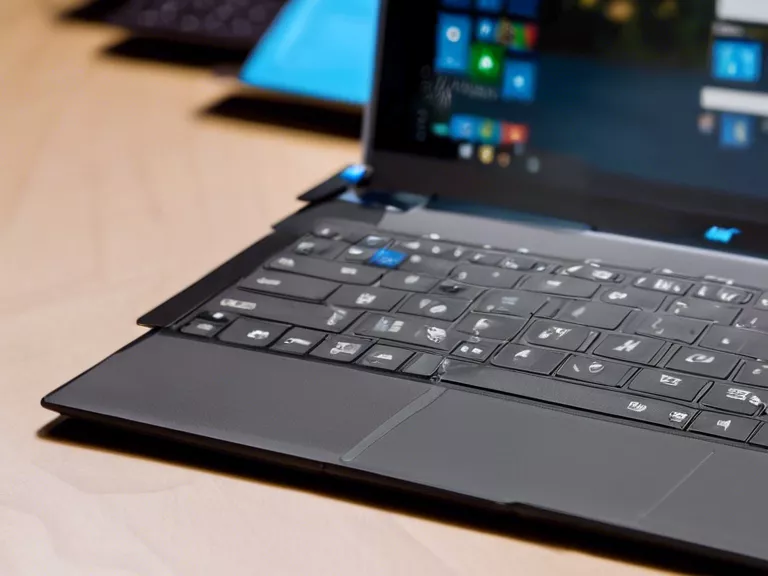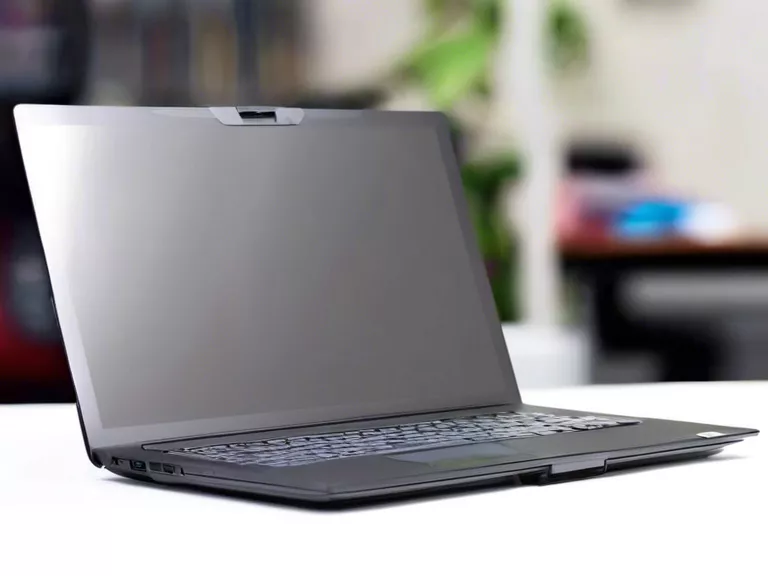
In recent years, the line between tablets and traditional laptops has become increasingly blurred with the rise of 2-in-1 laptops. These devices combine the portability and touch-screen functionality of a tablet with the power and productivity of a laptop, creating a versatile computing experience that appeals to a wide range of users.
One of the key features of 2-in-1 laptops is their convertible design, which allows the device to switch effortlessly between laptop and tablet modes. In laptop mode, users can take advantage of a full keyboard and touchpad for traditional productivity tasks, such as typing up documents or browsing the web. In tablet mode, the keyboard can be detached or folded back behind the screen, enabling a more immersive touch-screen experience for activities like drawing, watching videos, or playing games.
Another way that 2-in-1 laptops are blurring the line between tablets and computers is through their operating systems and software. Many 2-in-1 devices run on Windows 10, which is optimized for both touch-screen and traditional keyboard input. This means that users can seamlessly transition between tablet and laptop modes without sacrificing the functionality or usability of their device. Additionally, the availability of apps and programs from the Windows Store gives users access to a wide range of software that is tailored to the touch-screen interface.
Furthermore, 2-in-1 laptops often come equipped with powerful hardware that rivals traditional laptops in terms of performance. This means that users can enjoy the benefits of a slim and lightweight device without sacrificing computing power. With options for high-resolution displays, fast processors, and ample storage, 2-in-1 laptops are capable of handling a wide range of tasks, from everyday web browsing to graphic design and video editing.
In conclusion, 2-in-1 laptops are blurring the line between tablets and computers by offering a versatile computing experience that combines the best of both worlds. With their convertible design, flexible operating systems, and powerful hardware, these devices are ideal for users who want the portability of a tablet with the productivity of a laptop.



